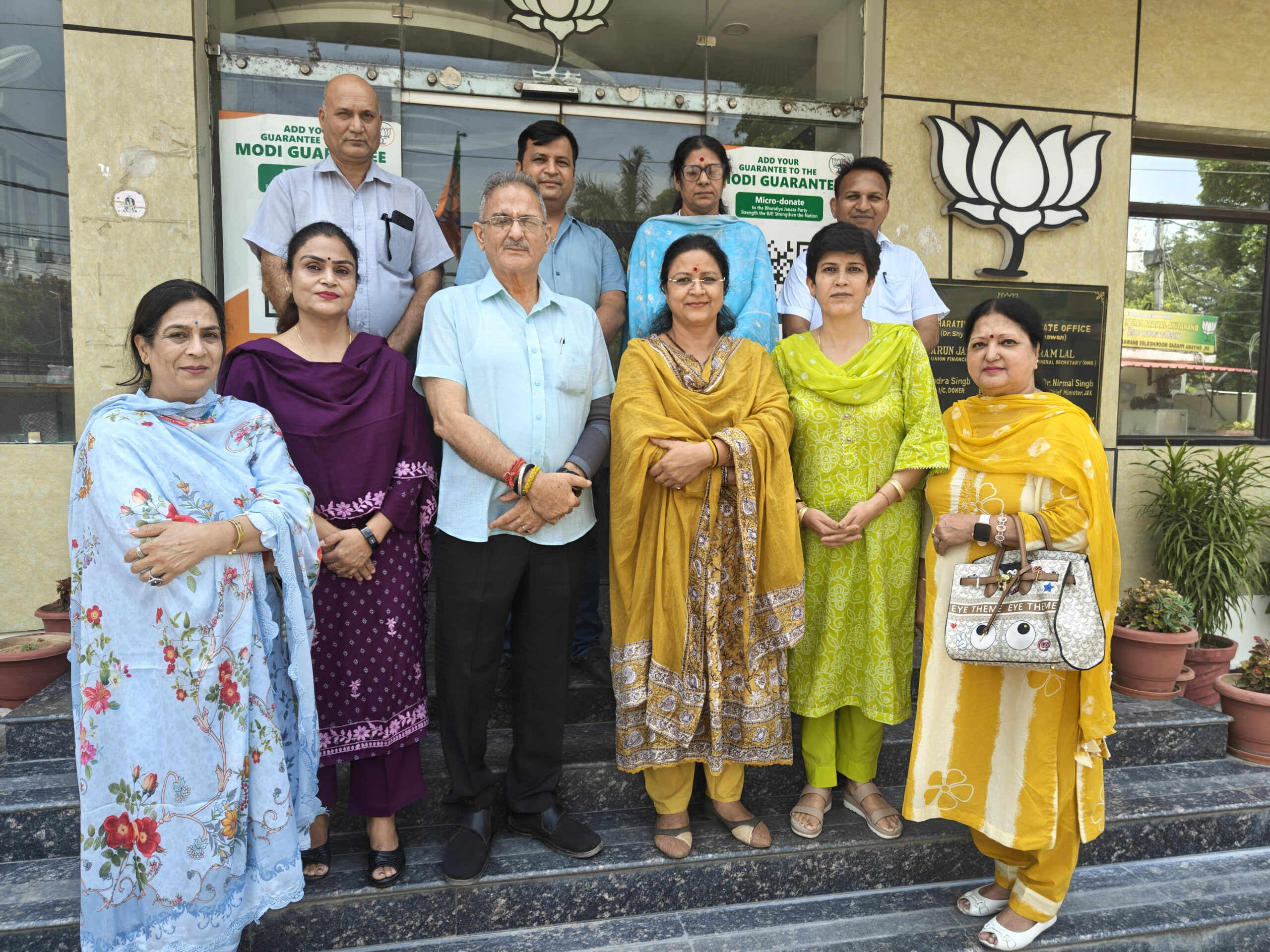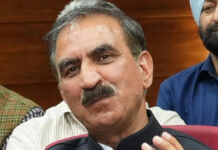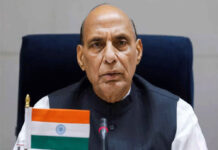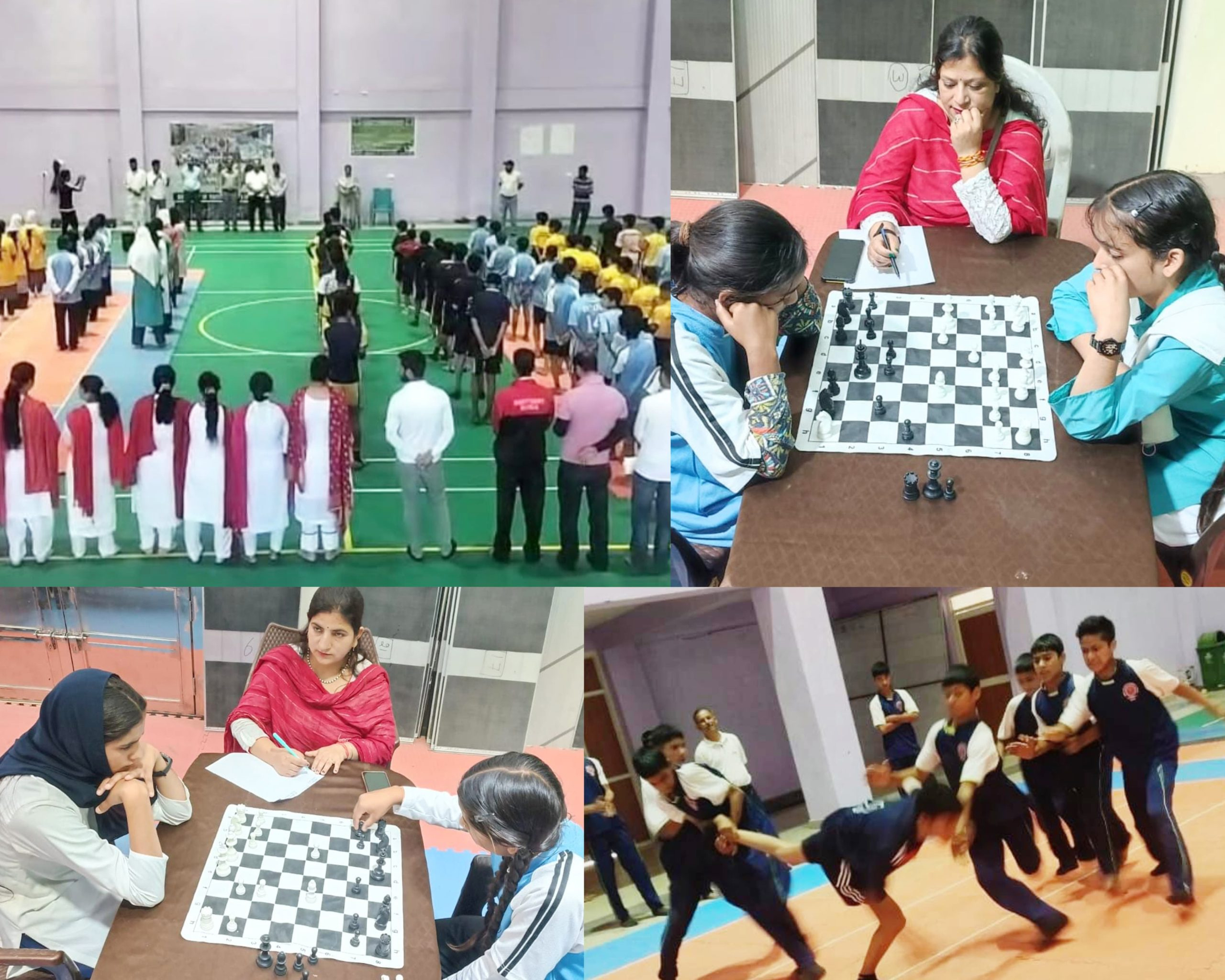What better way to mark the 50th anniversary of the Apollo 11 landing than to send a probe to Earth’s satellite?
As the mighty GSLV rocket powered away from India’s Coromandel coast, it quickly got obscured by the clouds just a few seconds after lifting off, preventing the thousands watching at the Satish Dhawan Space Centre at Sriharikota a majestic view. Indeed, the overcast weather should be the only quibble that Indians will have about the launch of our second mission to the moon, something that was beyond the control of the rocket scientists sitting at Indian Space Research Organisation (ISRO) offices across the country. For this launch to occur just two days after the 50th anniversary of the Apollo 11 mission that landed Neil Armstrong and Buzz Aldrin to the moon is a lovely coincidence. The launch also reaffirms India’s commitment to its space programme, determination to become a major player in the global space race and corrective efficiency to overcome glitches. Yes, the cryogenic leak was fixed and tested in record time, dispelling any doubt that the mission was in trouble. The success of the mission will be crucial to giving India legions of space scientists ahead of India’s planned manned mission in the coming five years, the solar journey with Aditya, let alone the spike in national pride.
Of course, there will be those who argue that this is nothing but a colossal waste of money for a nation with millions of people living in wretched conditions. Those in the West will constantly chide India, comments in their media reeking of jealousy and in some cases in the American and British media downright racism, even in otherwise respectable publications. Yes, India has several problems, poverty among a significant proportion of its population is one of them. But it would be wrong to say that we must not invest in cutting-edge technologies while trying to alleviate poverty. Both can and indeed are happening simultaneously. It is important for a nation, which has its demographic dividend coming to the fore, to have a degree of confidence. India’s space programme can supercharge its expertise in critical high-technology spheres and as work progresses, a greater private sector involvement will bode well for us. The fact that the team of scientists working at ISRO has a large proportion of women will boost the chances for millions of young girls across the country to work in science and technology spheres. It must be remembered that these are not vanity missions to satisfy the ego of some politicians and scientists; these have been developed for decades, sometimes surviving rough economic times and sometimes building up through several humiliating failures. And considering that everything about Chandrayaan II has been indigenously developed and manufactured, it is testimony to not only R&D and innovation but about the ability of home-grown companies to expand capabilities. India has already set a benchmark in PSLV launches, something which has even been acknowledged by NASA, and with Chandrayaan II, it wants the GSLV to make a statement. India only has half the number of satellites it requires to meet its needs, from strategic data to predictive analysis, so this complex mission is also about smart budgeting, costing less than the Hollywood blockbuster Avengers Endgame. We are all waiting to see the results of the probe on the moon and the rover, which explores uncharted terrain on the southern pole. And now it is time to aim even higher.





























